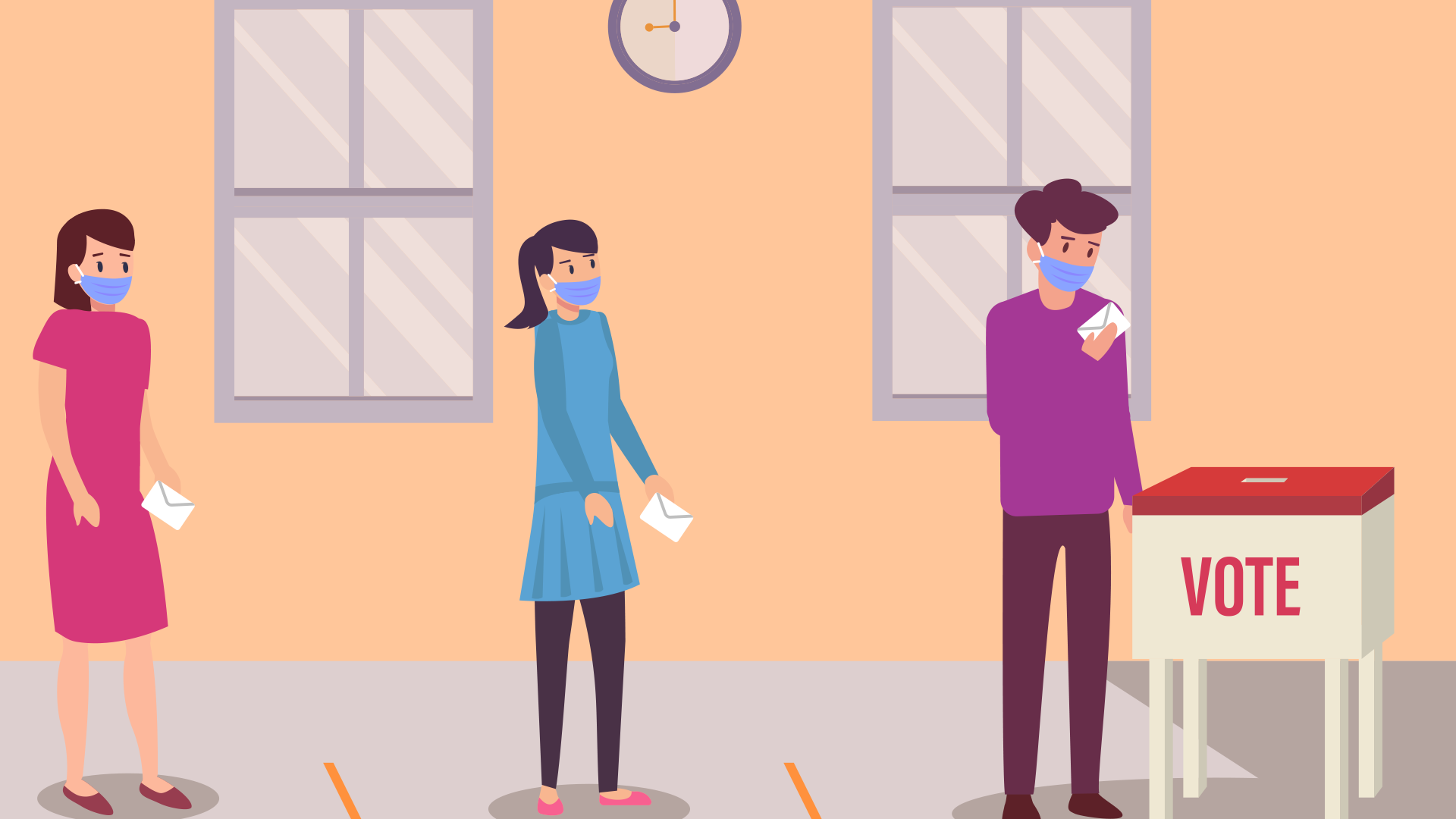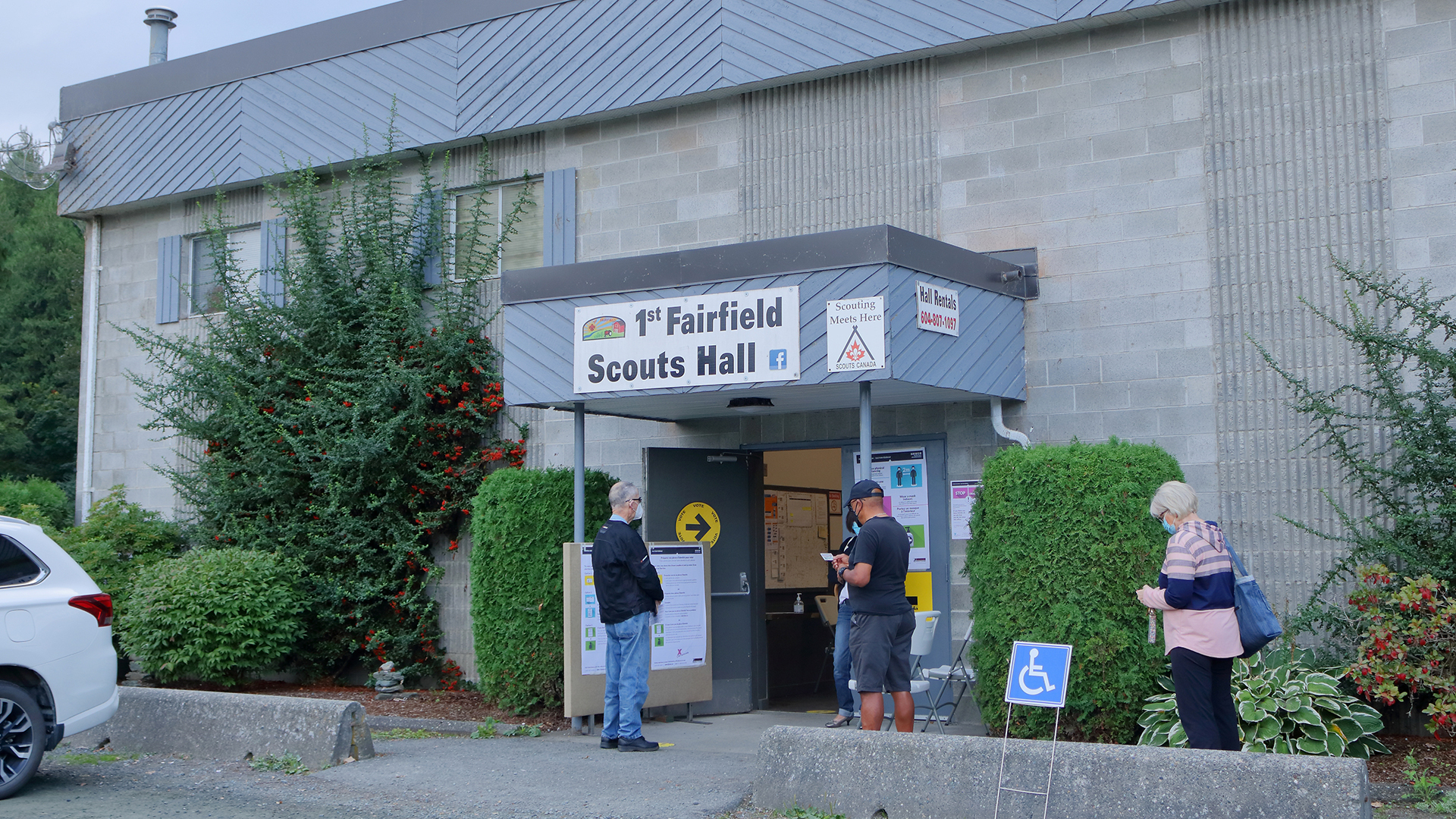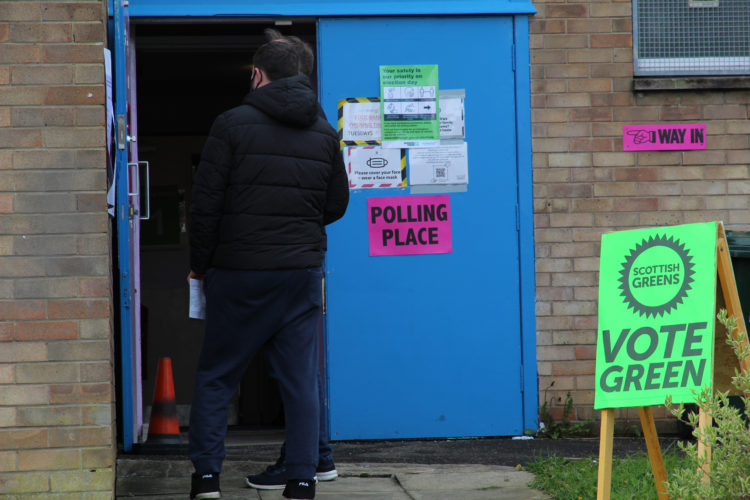
-
Podcast 132

Many democracies have confronted a key challenge since the onset of the COVID-19 pandemic in early 2020: how to balance public safety and electoral participation. However, many of the changes introduced to meet this imperative were already in existence, at least in part, before the pandemic arrived, and their ramifications will extend beyond our current election cycle. As the world becomes more digitally oriented, electoral modernization via special voting arrangements (SVAs) – from early and postal voting to proxy voting – is vital for all countries and constituencies seeking to combat apathy, disaffection and exclusion.
However, there has been a worrisome decline in turnout in Canadian provincial elections during the pandemic. We need further research on whether the expansion of SVAs has influenced this, and, if it has, how we can address any potential barriers that remain to increasing voter turnout, particularly among marginalized groups who have traditionally faced added barriers to voting.
The pandemic has accelerated pre-existing trends in Canada and other Westminster-style parliamentary democracies, exposing aspects of electoral administration that could be modernized further to ensure the equal inclusion of these marginalized communities.
Traditionally, electoral participation is a tightly circumscribed event. Citizens cast their ballots on a legally prescribed day in person at a physical voting station. That requirement provides security, and thus integrity, to our electoral processes. It also creates an opportunity for citizens to participate simultaneously in an essential ritual of their common democratic life.
Yet these standard procedures risk excluding many citizens, which has led to the extension of SVAs in many democracies in recent years. While SVA options have usually been used by communities for whom traditional voting may be inaccessible – most prominently citizens with disabilities or those who work abroad or live in remote communities – the expansion of SVAs to all citizens is an emerging trend. Whether the latter will empower marginalized communities or alienate them remains a pressing question.
Expanding special voting arrangements
Before the pandemic, many electoral management bodies in Canada had recognized the need to offer new voting techniques, due to difficulties faced by some people to vote on election day, as well as because of challenges in encouraging youth participation. They also had to address inefficient existing methods, such as voting officers manually counting every ballot at the end of election day and conducting registration by enumeration rather than by a permanent election register.
Elections British Columbia unveiled a modernization platform following the 2017 provincial election. It introduced telephone voting for citizens with disabilities; an outreach program to engage communities facing longstanding barriers to participation (mainly for youth, post-secondary students, Indigenous people, new Canadians and homeless people); and increased the number of advance polling days.
Similarly, Elections Saskatchewan published a plan to modernize provincial elections over three cycles following the province’s 2016 election. This began with efforts to streamline advance voting, as well as to introduce an electronic poll book and ballot tabulating technology given the increasing expense and declining popularity of a system designed for conventional voting.
In short, many of the changes we have seen during the pandemic represent innovations that were already underway rather than unexpected disruptions to the norm. Still, the pandemic has challenged the capacities of our electoral institutions and compelled many jurisdictions to embrace modernization far more quickly than planned.
Yukon rolled out digital voter registration for the first time during the 2020 territorial election. New Brunswick and Saskatchewan offered mail-in ballots to any voter for the first time. The popularity of postal voting, which rose massively across these provincial elections in British Columbia, New Brunswick and Saskatchewan surpassed previous expectations.
However, it also ignited political controversy in Newfoundland and Labrador, which conducted a fully postal election due to a surge of COVID-19 cases and fears around the safety of in-person voting. The last-minute switch alienated many voters. Elections Newfoundland also was unable to meet its commitment to provide bilingual ballots in Indigenous languages, saying there was not enough time to do so. The election demonstrated how rapid innovation without necessary preparation and clear public communication can undermine trust.
Indeed, the accelerated introduction of SVAs in various parts of Canada did not automatically eliminate potential inequities in our voting process. Complaints about pandemic provincial elections include finding enough spaces and workers to conduct advance polls, which led to long wait times, and concerns over counting votes on election night.
B.C., Saskatchewan and Newfoundland all saw turnout during the pandemic decrease from previous elections, although apart from Newfoundland the reasons behind this are unclear. Pandemic-related stresses may have simply overwhelmed many potential voters. Yet apathy, political disaffection and inadequate public communication may have impacted certain groups, too.
Polling during a pandemic
At the federal level, Bill C-19 was introduced to ensure that Elections Canada had the authority and resources to conduct a safely administered poll during the pandemic, although it was not approved by Parliament before the Sept. 20 election was called.
It contained provisions that would have modernized electoral administration as well as measures targeted to groups that have been uniquely impacted by COVID-19. These included flexible polling arrangements for long-term care homes as well as provisions to make it easier to cast postal ballots and to be notified of their delivery.
The bill was limited in scope: it consisted of temporary provisions and did not provide the chief electoral officer with the ability to react to a changing emergency situation once the writ had dropped. Yet these measures reflected lessons learned from provincial elections during the pandemic as well as attempts to ensure safe voting. It was a genuine attempt to demonstrate to the public that voting was inclusive and secure. Should the next Parliament have interest in taking up this bill again or something similar, we might draw further lessons from our closest Westminster counterparts.
Australia passed the Electoral Legislation Amendment (Miscellaneous Measures) Bill in 2020, which permitted assisted telephone voting for Australians working in Antarctica and rolled back some overly prescriptive measures on electoral administration, such as mandating what kind of writing implement must be used to mark a ballot.
More significantly, the 2020 national election in New Zealand saw the highest turnout since 1999 – roughly 82 per cent of the electorate cast a ballot. Strikingly, the participation of young voters increased 18 per cent compared with the previous national election in 2017, while turnout among Maori communities reached its highest in more than two decades. The deft handling of the pandemic by the Jacinda Ardern government, and minimal community transmission of COVID-19, likely energized voters and enabled in-person voting for the vast majority of citizens.
Yet several innovations in electoral administration also helped bolster participation in New Zealand. Voters could enroll on election day. Far more significantly, its parliament allowed citizens to cast their ballots for two weeks in advance and doubled the number of advance polling stations. Many were located near where people work and live, such as supermarkets, big box stores and shopping malls. Finally, the New Zealand Electoral Commission effectively communicated where to enroll and how to vote safely, raising civic awareness. Its public strategy included enrolment update drives, grassroots engagement with deprived communities – such as the Maori – and motivation campaigns.
Targeting underserved communities
New Zealand’s focus on targeting underserved communities represents a model to maintaining equity through electoral modernization processes. Its electoral commission had considered all of these measures in a report tabled after the 2017 national election, yet their rapid implementation in 2020 demonstrated a commitment to deepen electoral participation and expand accessibility. As a result early voting in New Zealand increased approximately 37 per cent compared with 2017 and 64 per cent compared with 2014.
Elections to the Scottish parliament in May 2021, which saw the highest turnout ever at approximately 63 per cent of the electorate, also offer valuable comparative insights. Continued opposition to Brexit, reigniting calls for national independence, may have driven higher turnout. Yet innovative measures seemed to have also played a role.

The Scottish General Election (Coronavirus) Bill empowered the assembly to advance the deadline for postal vote applications to three weeks before the election. This provided time for the high level of postal ballots to be processed prior to the election and would have provided the authority to hold an all-postal election and polling over multiple days if pandemic-related circumstances warranted it, although in the end that was not required.
In the end, postal ballots comprised almost 25 per cent of all votes cast. The implications of such voting for equity and inclusion of marginalized citizens remain unclear, however. A survey conducted by the Scottish Electoral Commission in February 2021 revealed that roughly 82 per cent of respondents felt comfortable voting in person, but only 61 per cent of Black, Asian, and minority ethnic (BAME) respondents felt the same. We still don’t know the demographics of who voted by mail.
These surveys raise vital questions about equity, diversity, and inclusion in our democracies, as well as how different communities react to the perceived safety of voting. This further strengthens the need for specific methods to engage marginalized groups.
Despite the Canadian Parliament’s failure to pass Bill C-19 before the election, the expansion of SVAs by Elections Canada appeared to offer citizens many opportunities to exercise their political rights in the 2021 federal election. Yet by calling the latter during the pandemic and requesting the shortest possible campaign, merely 36 days, the Trudeau government made it harder for Elections Canada to find enough sites and staff to meet social distancing protocols. As a result, there were significantly fewer advance polling stations available and Elections Canada faced delays in mailing out voter information cards. Elections Canada also said there would be fewer election-day polling stations in some ridings because of lack of staff. Whether the federal election sees a decline in turnout, as happened in most of our provincial elections during the pandemic, is thus an obvious concern.
The shift to highly targeted digital communications from partisan and nonpartisan sources, compounded by the health and economic impact COVID-19 has had on essential workers in marginalized communities, may worsen these groups’ relative political exclusion, too.
Electoral modernization involves expanding SVAs, maximizing technological opportunities and developing concerted outreach strategies. Yet its success also demands efforts to ensure that existing social disparities in, and future risks to, electoral participation are not exacerbated by these advancements.
This article is part of the How can we improve the elections process special feature.